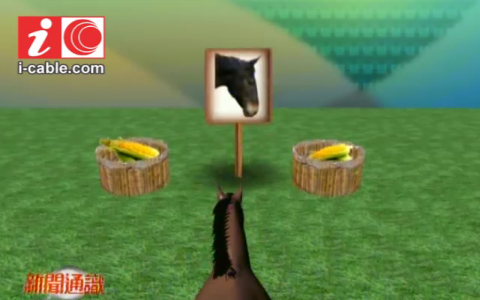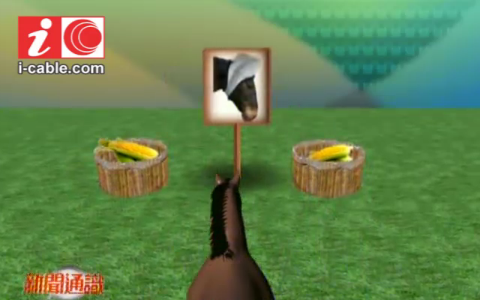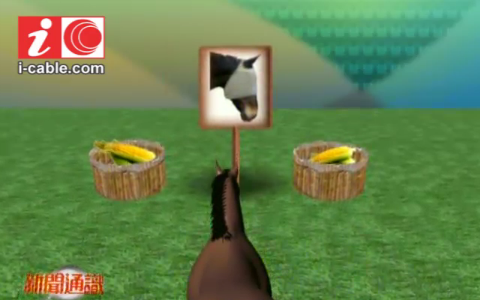Unit 2 Looking at Living Things
Topic
The diversity of forms among living things
Curriculum Link
2.1 Living things: characteristics of living things
2.3 Diversity of plant and animal life: diversity of forms
Estimated Lesson Time
80 minutes
Introduction
Diversity of forms exits among living things. For example, different living things use different means to communicate, such as dolphins used ultrasound and limbs whereas firefles emit light. The living things possess special structures for their specific functions.
In this activity, student will explore some examples of communication of living things. Recently, some British scientists found out that horses communicate by ears and eyes instead of speech like human. Meanwhile, horses are selected as the sample to study their ways of communication in an inquiry approach. Students are encouraged to propose ways and figure out how to testify their ideas.
Key Question
How do different living things communicate?
Learning Objectives
In this activity, the students should be able to
- recognise different ways that living things adopt for communication and the diversity of forms among living things (SP 2);
- hypothesise the possible means of horses for communication and testify the suggested means with scientific method (SP 3);
- analyse and interpret data to draw a conclusion (SP 5);
- construct a dichotomous key to identify (SP 2).
Teaching Plan
| Task (Time) | Brief Description | Materials | Objectives |
|---|---|---|---|
|
Engagement |
|
|
(1) |
Exploration |
|
(2) | |
Evaluation |
|
|
(2) & (3) |
Exploration & Explanation |
|
|
(2) & (3) |
Elaboration |
|
|
(4) |





